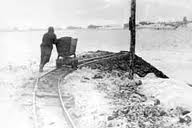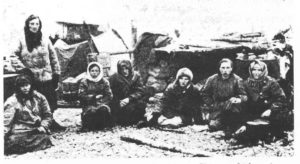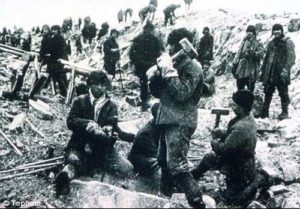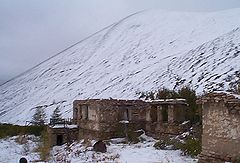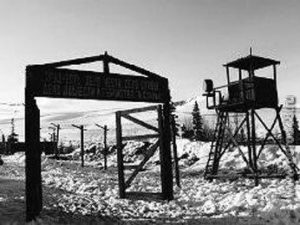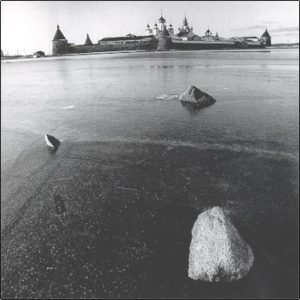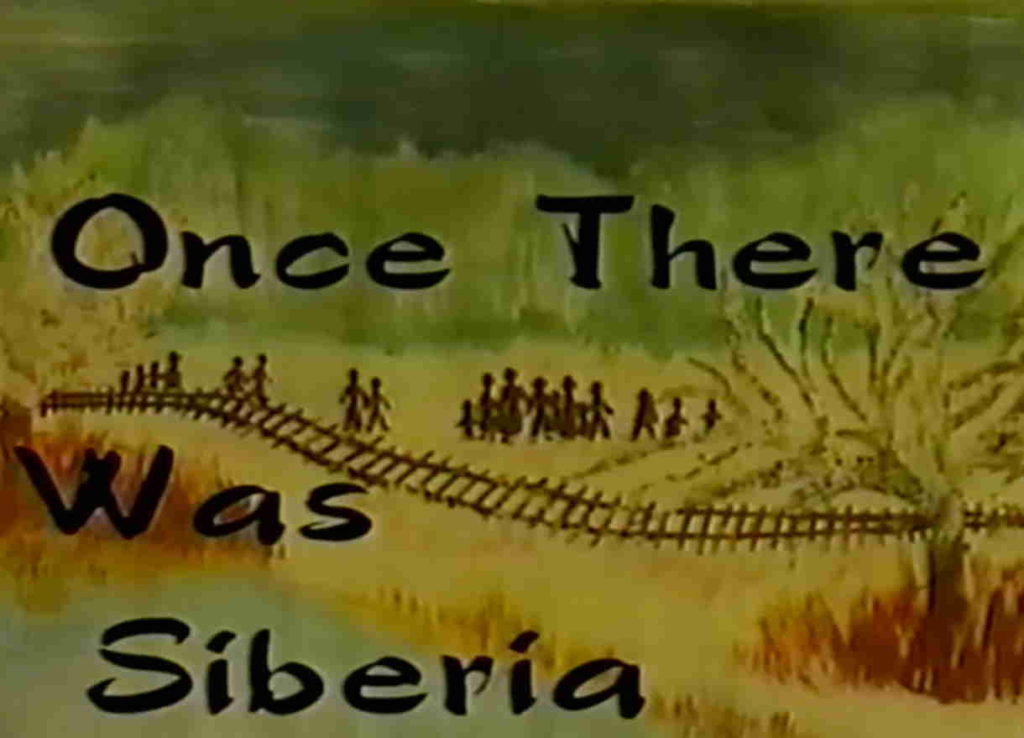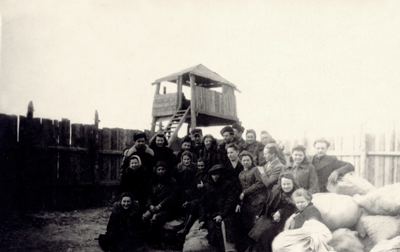
Slave Labor Camps In Siberia

The following film deals with the loss of Latvian children who—with their parents and frequently only accompanied by their mothers—were sent (exiled) to Siberia to serve out sentences. They never expected to return. But by the time the sentences meted out to their parents had passed, only their children were left to return to Latvia. By then, they had become orphans.
Agonizingly, Latvians did not know how to greet these exiles and re-integrate them into society. Often, the children had lost close family ties to help them re-enter their home country. So they were condemned, anew, to suffer a new sentence: a mental “not knowing where they belonged” and the victimization of being ostracized in their own land by social prejudice and rejection.
Below, we are fortunate to have access to the extraordinary documentary work Dzintra Geka who recalls in her stark, un-dramatized interviews (Siberian Diaries: Series One, and Siberian Diaries: Series Two respectively) the plight of Siberian exiles. Because of their stark presentation, the emotional content of these two films is particularly vivid.
The DVD Cover describes the first film in this way:
|
“Siberian Diaries is a historical documentary account about the fate of four thousand children deported in 1941. Only one out of ten has survived and can give testimony. “Parts 1 and 2 cover the period from 1941 to 1946. The film contains historical information disclosing how, in one night, more than 15,000 Latvian people were imprisoned and taken to Siberia. Men were put in the Gulag camps where they were shot or starved to death. Women and children (age over ten) were forced to hard work. The majority perished because of lack of proper clothing and food, left without elementary medical treatment. Russian propaganda called these people “fascists”… When the war was over, the survivors began to hope and guess that the dream to return to their Motherland may have come true.” |

The second film is described as follows:
|
Siberian Diaries is a historical documentary account about the fate of four thousand children deported in 1946. Only one out of ten survived and can give testimonyl “Parts 3 and 4 cover the period from 1946 to 1956. In 1946 around 1,500 children returned to Latvia as their mothers reported them to be orphans. They reached Latvia, and Mr. Dēlinš, director of an orphanage in Kuldigas Street, Riga, located the relatives of the children. Many mothers illegally returned from Siberia and arrests were to follow. Almost all the children were imprisoned and deported back to Siberia in echelons as felons. This continued until mass deportations of 1949, when around 60,000 more people were deported from Latvia to Siberia and further on until the death of Stalin in 1953. Local Siberian authorities needed workforce, therefore they tried to delay freeing the deported and blocking their return. The return to Latvia was difficult anyway. People who returned from Siberia had nowhere to stay; they had no right to study; and they were deprived of having a special note in their passports. For what reason? We still do not have an answer.” |










